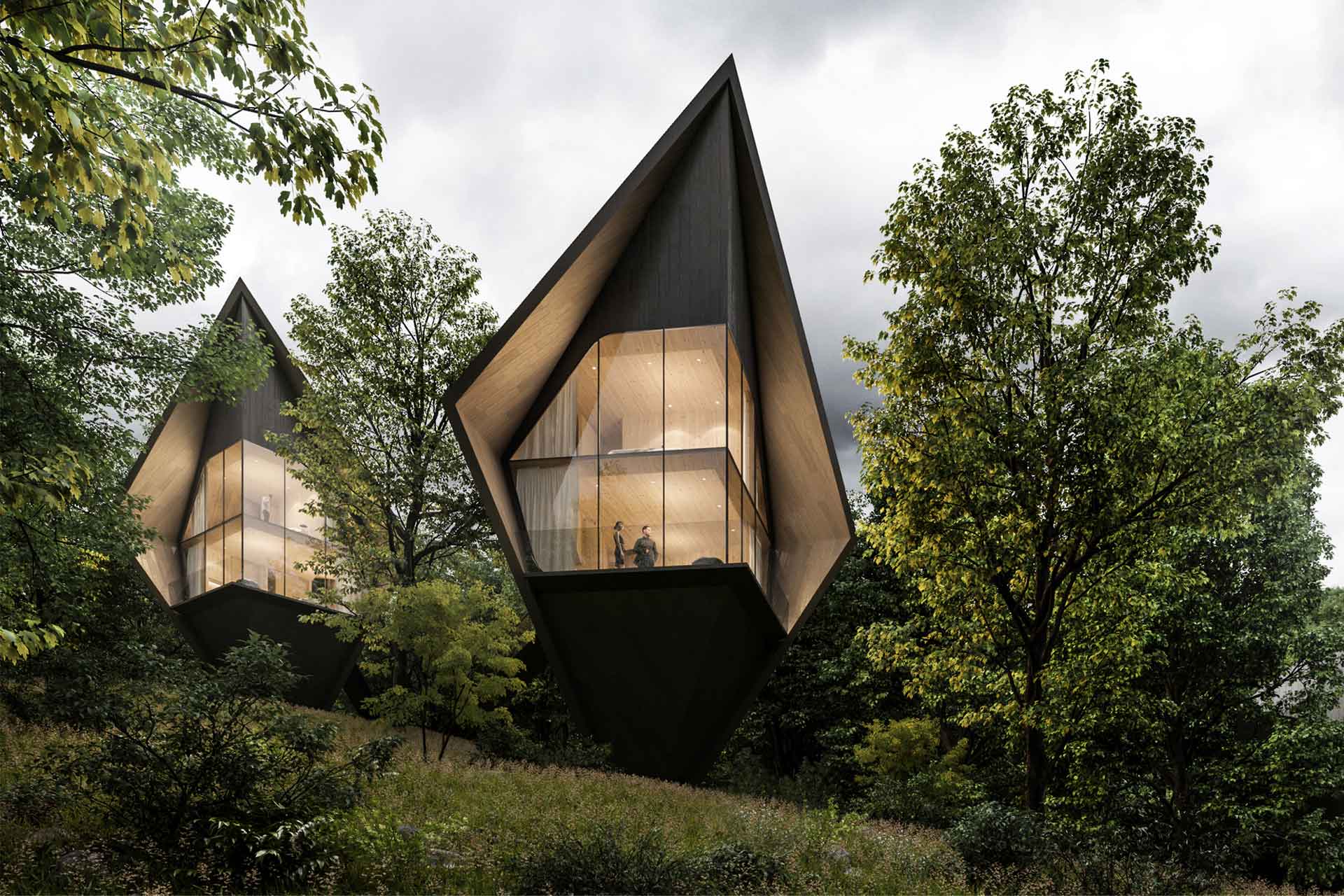
Kimberlites entrained fragments of garnet peridotite along a cool, craton-like geotherm which intersected the diamond stability field in the temperature range 880–1000 ☌. A detailed thermobarometric comparison of mantle-derived xenocrystic clinopyroxene compositions from this member with clinopyroxene populations derived from kimberlites and kamafugites situated in the Quiricó Basin shows a distinct and abrupt change in geothermal conditions at the onset of kamafugite magmatism. Field relations and carefully controlled stratigraphic samples show that a distinctive mantle-derived indicator mineral suite occurs in the Maxixe Member, a volcaniclastic breccia unit that occurs at the base of the Mata da Corda Group.

Conceptual exploration models for this setting may in part be based on the diamondiferous 120 Ma Canastra and 95 Ma Três Ranchos kimberlites, but require reconciliation with the observed abundance of 85–61 Ma old diamond-free kamafugites. Unusually large diamonds with proximal surface features and population characteristics are well known to occur in rivers and streams that drain the stratigraphic succession in the Quiricó Basin, prompting the search for their presumably local primary source(s) and a possibly associated Archean basement or cratonic root. The 120-m-thick Mata da Corda Group overlies the Late Cretaceous Areado Group over an area of 8000 km2 and is composed largely of extrusive kamafugite and related volcanosedimentary material. Rare kimberlites and ubiquitous kamafugites of the Alto Paranaı́ba Igneous Province (APIP) erupted through the recently deposited sediments of the Quiricó Basin in the time period 95–61 Ma.

The sedimentary infill of the Quiricó Basin consists of lightly metamorphosed shallow marine clastic bedrock sediments of the Bambuı́ Group (∼650☑5 Ma), unconformably overlain by Early Cretaceous terrigenous lacustrine (Quiricó Formation), alluvial fan (Abaeté Formation) and fluvial/aeolian (Três Barras Formation) deposits of the Areado Group. The Quiricó Basin covers an area of 10,000 km2 and is situated to the west of the conventionally defined southwestern margin of the Archean São Francisco craton in Minas Gerais State, Brazil.


 0 kommentar(er)
0 kommentar(er)
